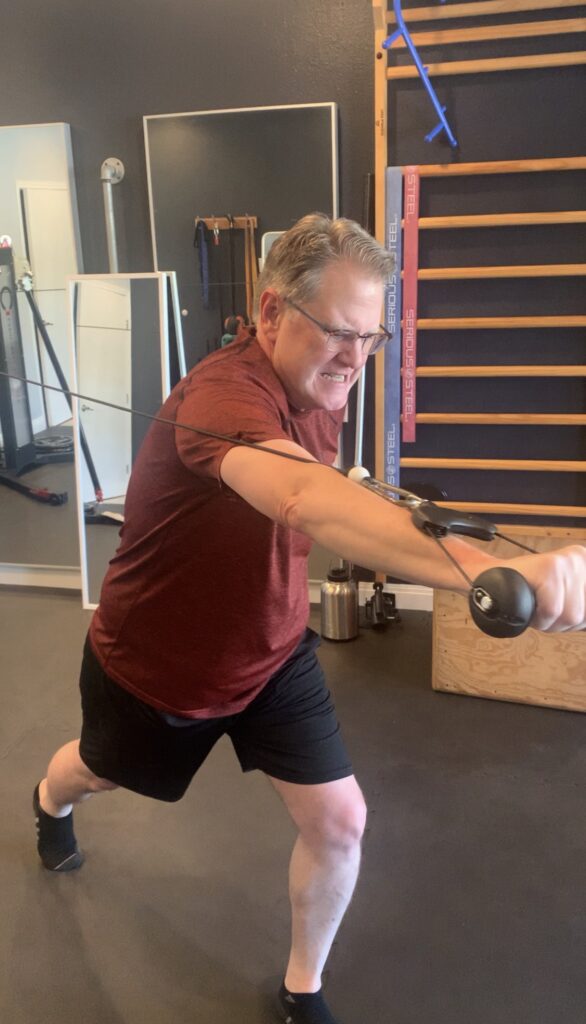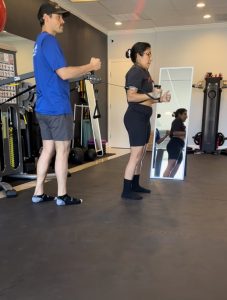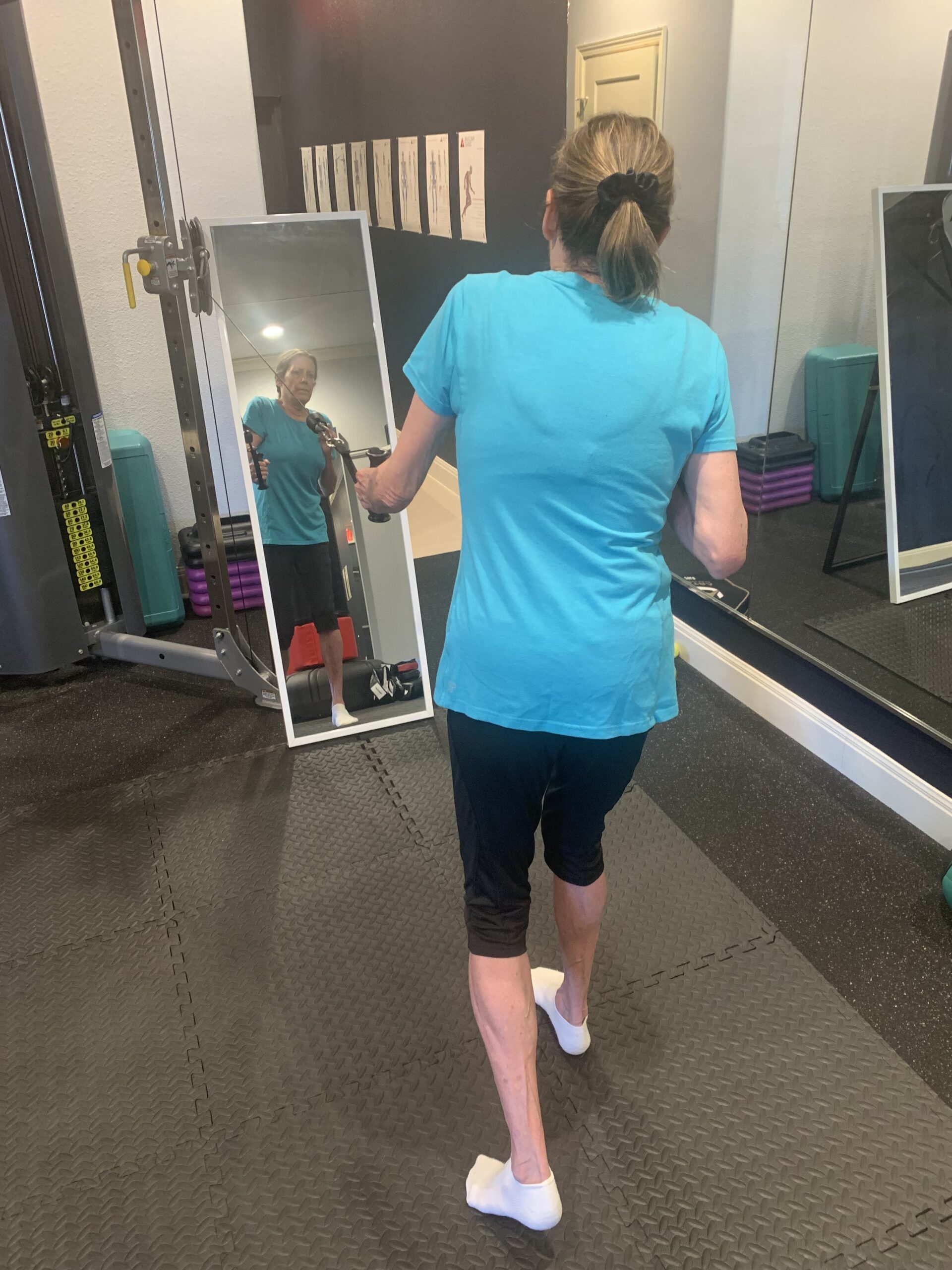We know by now that our body is one integrated unit, so repetitive movements that isolate it into sections cause disconnections throughout your kinetic chain. In our previous post Functional Fitness Part 1 we highlighted some exercise techniques that get a lot of hype, but don’t necessarily deliver the most bang for your buck. In this post we’ll explain why we believe there are better methods to ensure prolonged health and fitness for your body.
We know that the human body evolved to walk upright on both legs, so regressing your training to crawling movements won’t help your daily function. Yes, you’ll feel your muscles working and your brain will think you’re doing something good for your body, but since we don’t walk on our hands our shoulders need a different kind of support relative to our legs. So crawling movements won’t enhance or coincide with the functions of human movement discussed in our previous post- standing, walking, running, and throwing.
HIIT workouts are stressful on your body, and too much stress spikes cortisol and makes it hard to lose fat anyway (plus it’s cumbersome on your joints and hard to sustain for more than a few weeks without some form of pain or injury). So if you’re doing HIIT workouts to lose weight, do the longevity of your body a favor, and stop eating so much. Then just exercise to stimulate muscle tissue in a manner than mimics the way it functions in the real world, so you can sustain your fitness as you age.
Powerlifting can make you stronger but usually at the expense of hernias, stress fractures, disc herniations, torn tendons and ligaments, and compression on your spine. So it’s high risk, low reward because once you injure yourself it’s hard to recovery back to 100%. And in reality why do we need to lift such heavy objects? Humans have developed brains to work smarter not harder. We’ve developed pulley systems, levers, and machines to move objects and do the heavy lifting for us. Compared to other animals, like a silver back guerrilla, we are extremely weak. So the next time you need to move a piece of furniture use a friend to help, or on those rare occasions when you need to move a big rock or firewood, use a wheelbarrow. And get strong at what you do most, standing, walking, running, and throwing. This will help cultivate strength that you can use without damaging your joints.
We share these thoughts to spread relevant information about the human body and the repercussions of the way we treat it. If you like what you do and your body feels okay, keep doing it. But if not, we offer an alternative way to train and sustain your health and fitness.
*Hint; check out the picture from this post, and our last one. Compare how confined the squat pattern is, versus the running one. The bar on the back causes compression, and the running (assuming your joints are adequate- we can help with that) can engage the entire body through horizontal force distribution and create strength and mobility that you can use more often.














